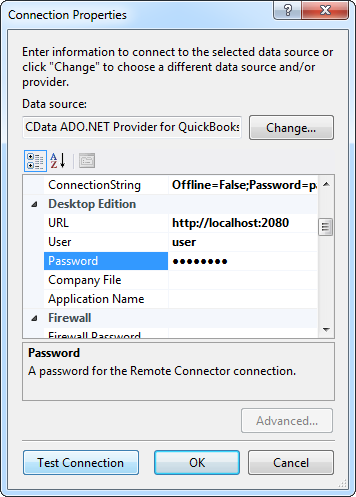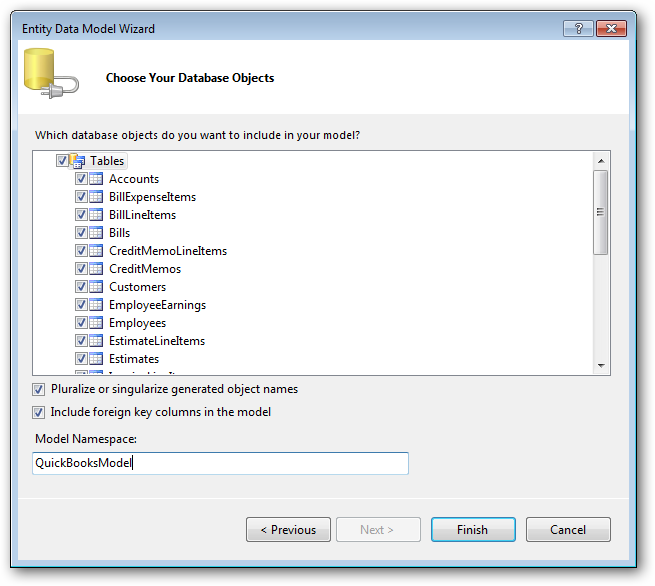Model Context Protocol (MCP) finally gives AI models a way to access the business data needed to make them really useful at work. CData MCP Servers have the depth and performance to make sure AI has access to all of the answers.
Try them now for free →LINQ to Power BI XMLA Data
LINQ offers versatile querying capabilities within the .NET Framework (v3.0+), offering a straightforward method for programmatic data access through CData ADO.NET Data Providers. In this article, we demonstrate the use of LINQ to retrieve information from the Power BI XMLA Data Provider.
This article illustrates using LINQ to access tables within the Power BI XMLA via the CData ADO.NET Data Provider for Power BI XMLA. To achieve this, we will use LINQ to Entity Framework, which facilitates the generation of connections and can be seamlessly employed with any CData ADO.NET Data Providers to access data through LINQ.
See the help documentation for a guide to setting up an EF 6 project to use the provider.
- In a new project in Visual Studio, right-click on the project and choose to add a new item. Add an ADO.NET Entity Data Model.
- Choose EF Designer from Database and click Next.
- Add a new Data Connection, and change your data source type to "CData Power BI XMLA Data Source".
Enter your data source connection information.
By default, use Azure AD to connect to Microsoft Power BI XMLA. Azure AD is Microsoft’s multi-tenant, cloud-based directory and identity management service. It is user-based authentication that requires that you set AuthScheme to AzureAD.
For more information on other authentication schemes, refer to the Help documentation.
Below is a typical connection string:
AuthScheme=AzureADInitiateOAuth=GETANDREFRESH- If saving your entity connection to App.Config, set an entity name. In this example we are setting PowerBIXMLAEntities as our entity connection in App.Config.
- Enter a model name and select any tables or views you would like to include in the model.


Using the entity you created, you can now perform select commands. For example:
PowerBIXMLAEntities context = new PowerBIXMLAEntities();
var customerQuery = from customer in context.Customer
select customer;
foreach (var result in customerQuery) {
Console.WriteLine("{0} {1} ", result.Id, result.Country);
}
See "LINQ and Entity Framework" chapter in the help documentation for example queries of the supported LINQ.

